16 Underrated European Cities to Explore for a One-of-a-Kind Trip
Some of the most memorable travel moments happen in places you did not expect. Beyond the popular cities, Europe has towns full of character and charm. These destinations offer a slower pace and fewer crowds. They give you a closer look at local life and culture. Keep reading to see which places are worth adding to your list.
This post may contain affiliate links, which helps keep this content free. Please read our disclosure for more info.
Ghent, Belgium
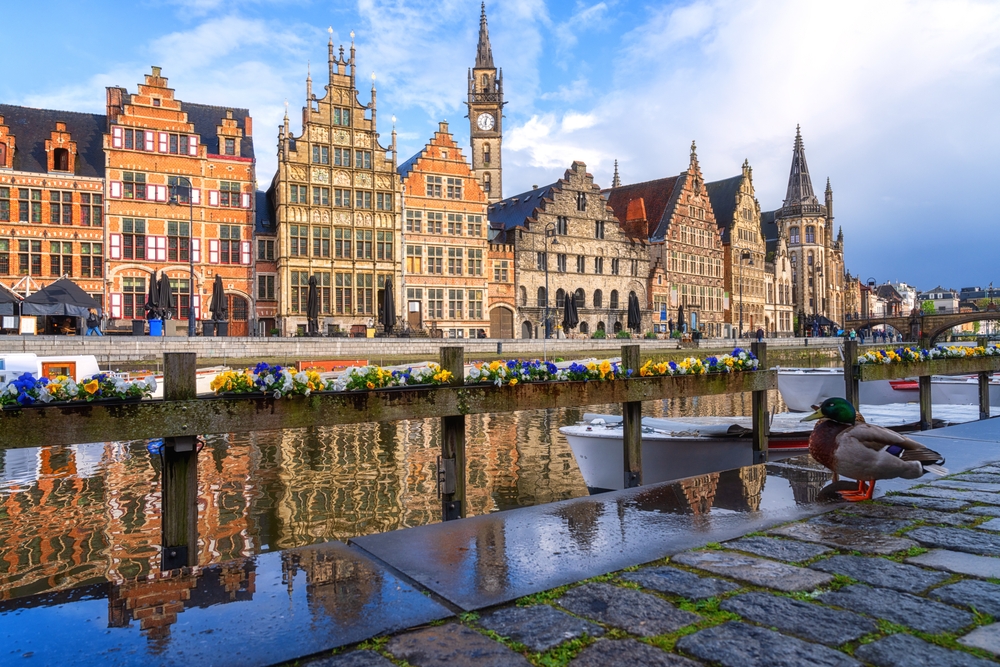
Ghent stays quiet compared to Brussels or Bruges, but it offers a charming mix of canals, medieval buildings, and laid-back cafes. Gravensteen Castle in the center adds a dramatic touch, and boat tours along the canals provide a fresh view of the city. You will find plenty of student energy without the noise of a major tourist hub. The street art scene and local markets give the city a creative pulse.
Try local dishes like stoverij or sample Belgian fries at the Vrijdagmarkt. The Museum of Fine Arts and STAM Museum are worth a slow afternoon. Most sites are walkable, so it is easy to explore at your own pace. Ghent blends culture, history, and calm in a way that feels welcoming.
Colmar, France
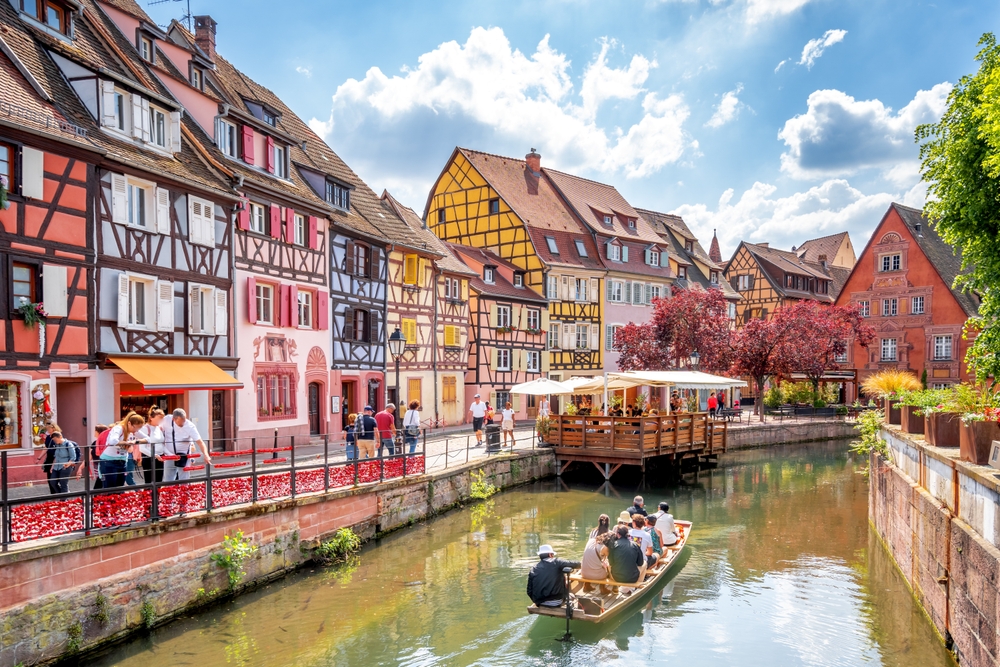
Colmar feels like a storybook town with pastel buildings, cobbled streets, and flower-lined canals. Located in the Alsace region, it mixes French and German influences in both food and design. The Old Town is perfect for strolling, especially near the area called Little Venice. The Unterlinden Museum adds an artistic stop to your walk.
Wine lovers can follow the Alsace Wine Route and taste local white wines in nearby vineyards. During winter, the Christmas market here is one of the most picturesque in France. Restaurants serve dishes like tarte flambée in cozy corners. Colmar is peaceful, charming, and full of quiet moments.
Mostar, Bosnia and Herzegovina

Mostar is known for Stari Most, the old bridge that crosses the Neretva River and brings together different parts of the city. It offers a blend of Ottoman and Mediterranean influences in both architecture and food. You can watch brave locals dive from the bridge into the clear blue water. The Old Bazaar nearby sells handmade goods and sweets.
Try local favorites like ćevapi or enjoy a coffee by the river. The village of Blagaj is a short trip away and features a monastery built into a cliff. Mostar is smaller than many popular cities, which adds to its peaceful feel. It invites visitors to slow down and appreciate the setting.
Pécs, Hungary
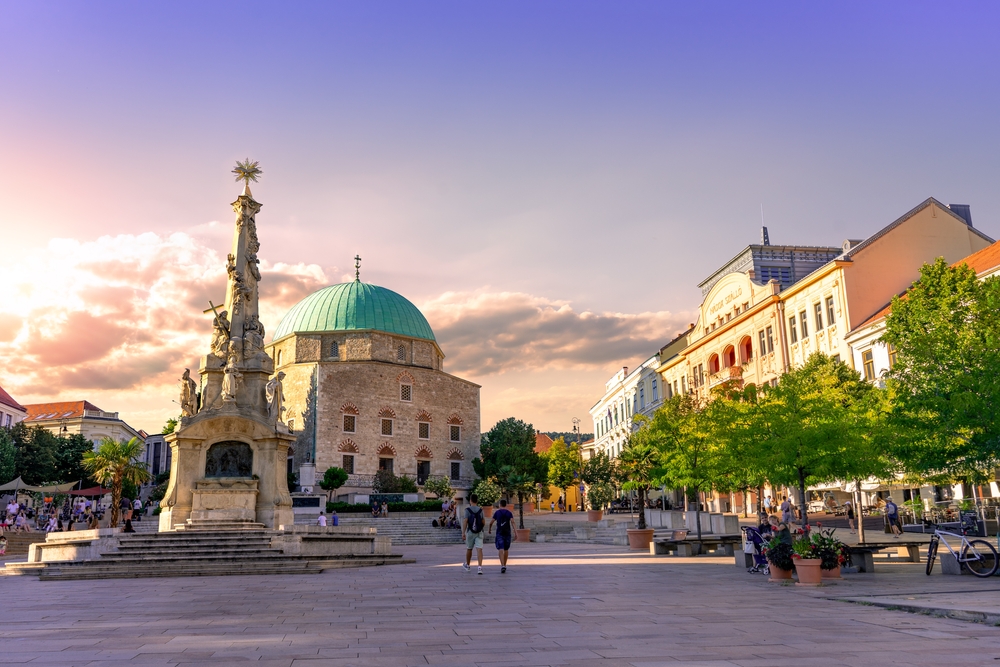
Pécs sits near the Croatian border and blends Roman, Ottoman, and Hungarian history. The early Christian tombs and former mosques show layers of the past. Its main square is open and easy to enjoy without feeling crowded. The Zsolnay Cultural Quarter celebrates ceramic art and design.
Pécs has a relaxed rhythm with quiet cafes and wine bars tucked into side streets. The local university brings a youthful balance to the city’s calm pace. Fresh local produce and traditional dishes are easy to find in markets. Pécs offers beauty, history, and ease without long lines or noise.
Rovinj, Croatia
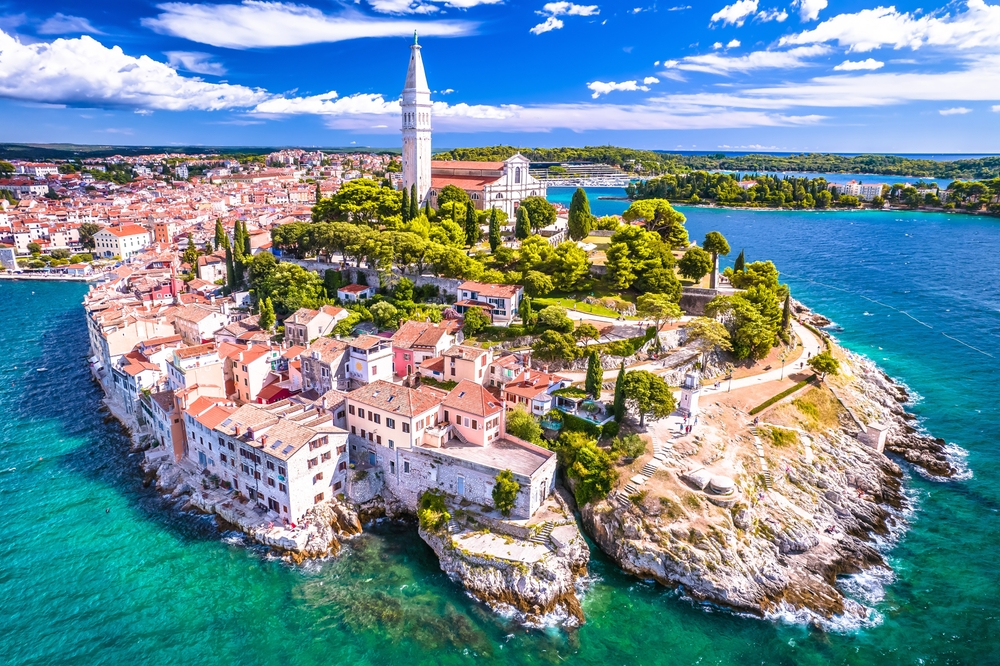
Rovinj sits on the Istrian coast and reflects a blend of Croatian and Italian heritage. The old town rises from the water in colorful layers, with narrow alleys leading to the Church of St. Euphemia. Artists work from studios tucked into stone buildings. The harbor is peaceful and full of small fishing boats.
Golden Cape Forest Park nearby is perfect for biking or walking under the trees. Seafood is fresh and served by the sea, often with local olive oil and wine. The town feels slow and inviting, especially in the early mornings. Rovinj is ideal for quiet days and clear views.
Gjirokaster, Albania
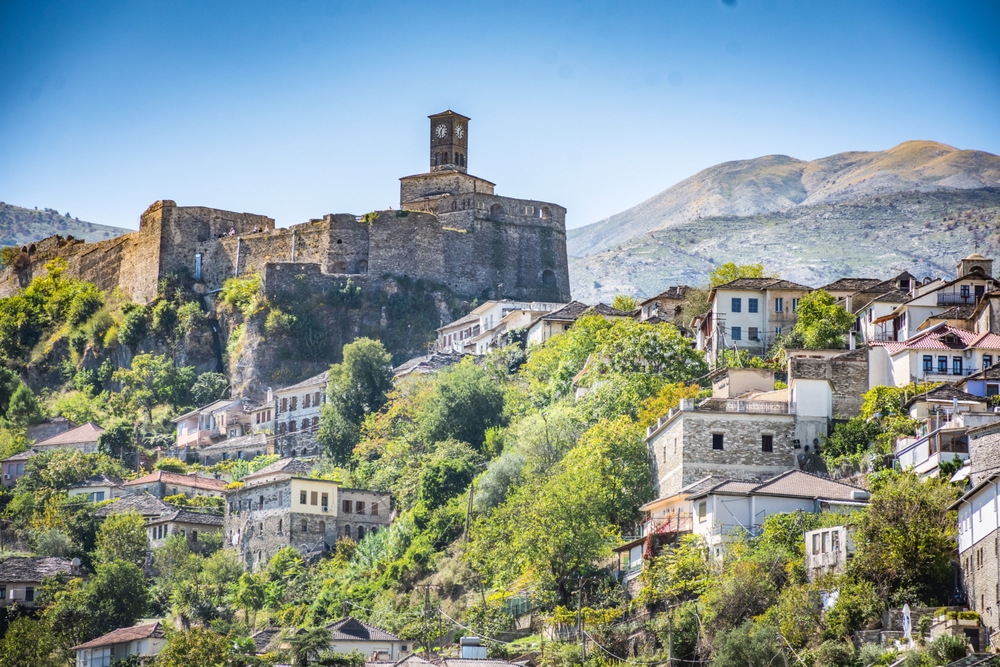
Gjirokaster is a stone town set against a backdrop of hills and history. The castle at the top offers wide views and a museum with military exhibits. The old bazaar features handmade goods and traditional fabrics. Its Ottoman-style homes with slate roofs give the town a strong sense of place.
The Ethnographic Museum provides a close look at life in past centuries. Local food includes fresh cheeses, meats, and baked goods served in homey spots. You will find very few crowds here, even in summer. Gjirokaster keeps its rhythm slow and rooted in tradition.
Lviv, Ukraine
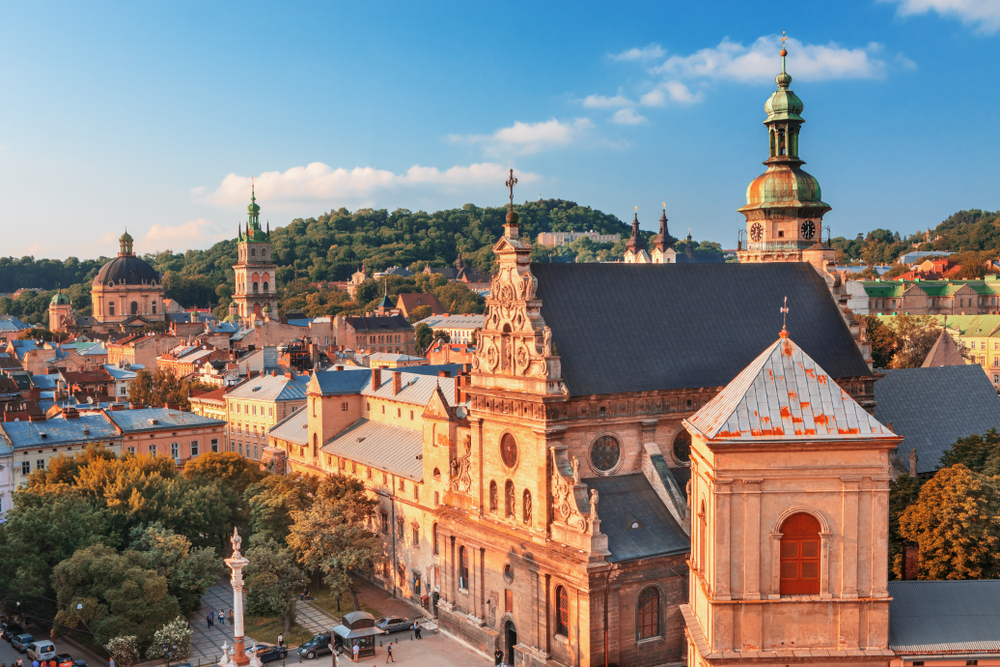
Lviv combines Polish, Austrian, and Ukrainian cultures into a city full of charm and detail. Its Old Town is filled with cafes, courtyards, and historic churches. Climb the Town Hall tower for sweeping views of rooftops and squares. The coffee scene here is strong and worth exploring.
The Lychakiv Cemetery and National Art Gallery show different sides of the city’s history. Local dishes like varenyky and borscht are served in cozy restaurants. Street musicians and festivals add to the easygoing mood. Lviv offers something warm and real without noise or rush.
Matera, Italy
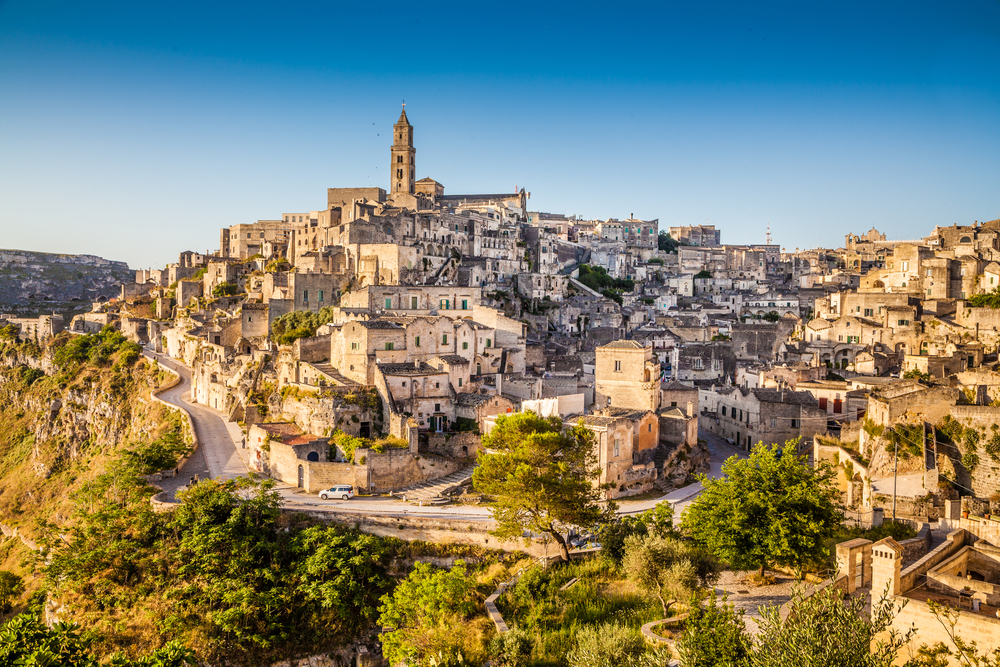
Matera is known for its cave dwellings carved into the hillsides. The Sassi area holds centuries of life inside stone homes and chapels. Walking through the alleys feels quiet and reflective. Some of the old caves are now restaurants and small hotels.
The Church of San Pietro Caveoso overlooks the gorge and offers a stunning view. Try local pasta and lamb cooked with herbs from the region. Matera feels timeless and still. It gives travelers a break from fast-moving cities.
Kotor, Montenegro
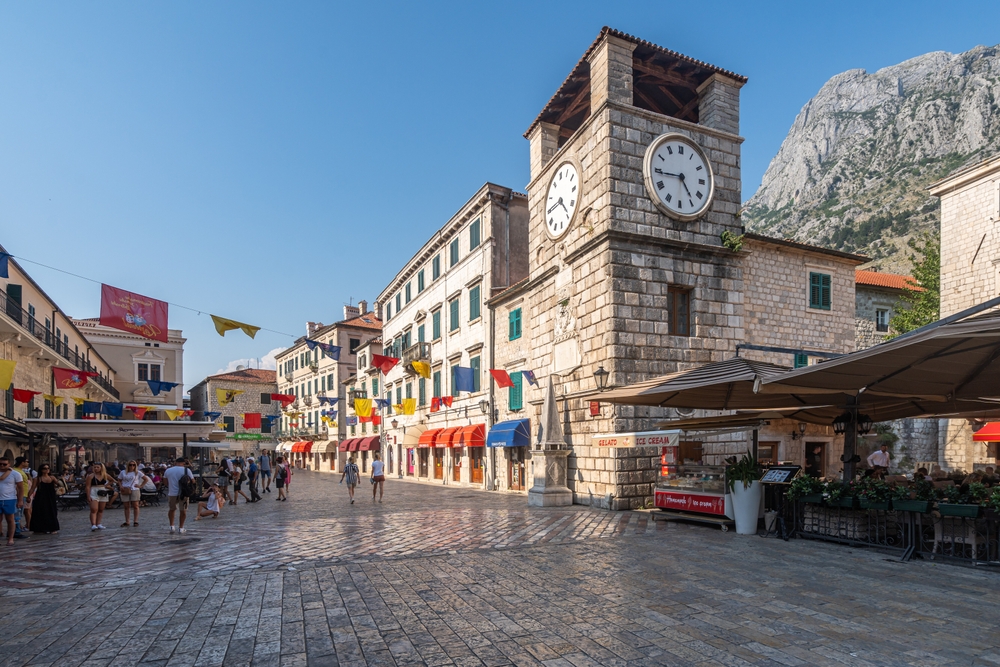
Kotor is tucked between mountains and sea along a calm bay. Its old stone walls hold narrow streets, old churches, and quiet courtyards. The climb to the fortress above rewards you with one of the best views in the Balkans. The town feels peaceful even in the high season.
You can take boat trips to nearby islands or simply enjoy a slow meal by the water. Seafood, cheese, and wine are common on local menus. The small scale of the town makes it easy to explore without a map. Kotor invites you to slow down and take it all in.
Tartu, Estonia
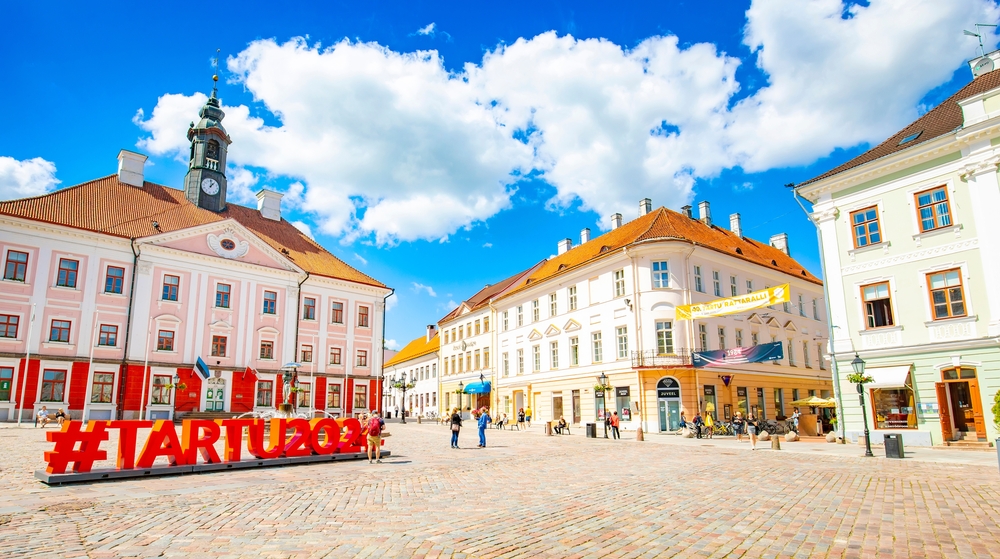
Tartu is a university town that feels open and easy to explore. Its main square has pastel buildings and outdoor cafes. Art installations and sculptures add quiet charm to everyday spaces. The Tartu Toy Museum is a fun stop for both kids and adults.
The riverside paths are great for walks or short bike rides. You will find Baltic flavors in restaurants that use fresh ingredients. Local life here is steady and relaxed. Tartu is friendly, simple, and never rushed.
Sibiu, Romania

Sibiu sits in Transylvania and holds strong Saxon roots. Its Old Town features tiled roofs, stone buildings, and narrow walkways. The Brukenthal Palace and Bridge of Lies are top sights. Market squares offer easy spots to pause and enjoy.
The Christmas market is known for lights and warm treats. Try local sausage, polenta, and sweet cheese pastries. The town is compact and calm, perfect for walking. Sibiu is rich in detail and easy to enjoy at your own pace.
Alesund, Norway
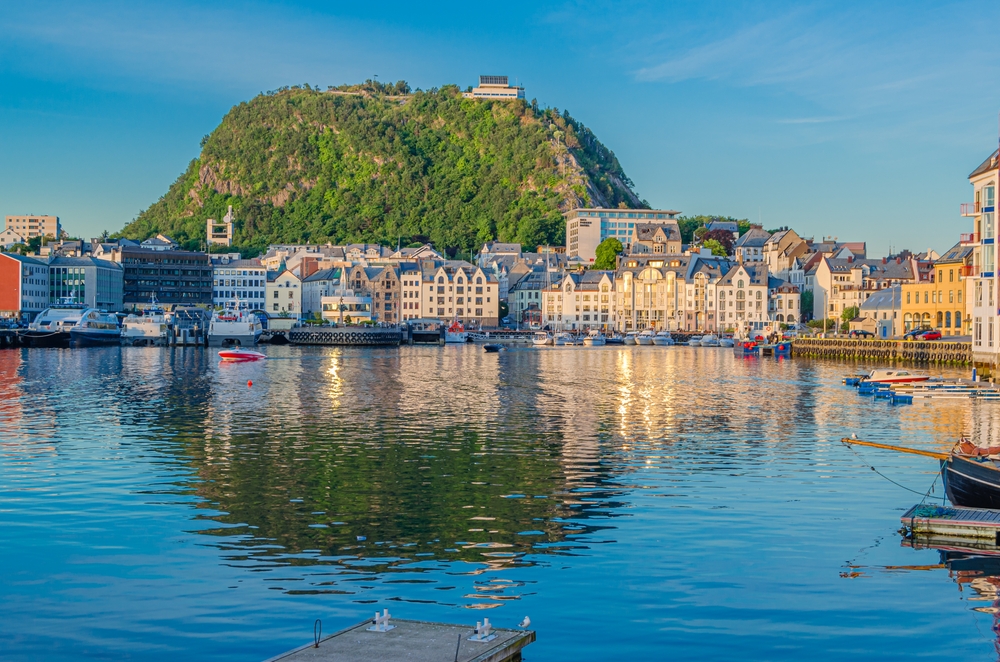
Alesund is known for its Art Nouveau buildings that line the harbor and hills. Climb Mount Aksla for a full view of the town and fjords. The streets feel clean and calm, even in busy months. Boats and fresh fish are part of daily life here.
You can visit the Atlantic Sea Park or take day trips to nearby islands. Cafes serve baked goods and seafood in simple settings. The town feels tucked into nature. Alesund offers sea air, quiet streets, and charm.
Cuenca, Spain
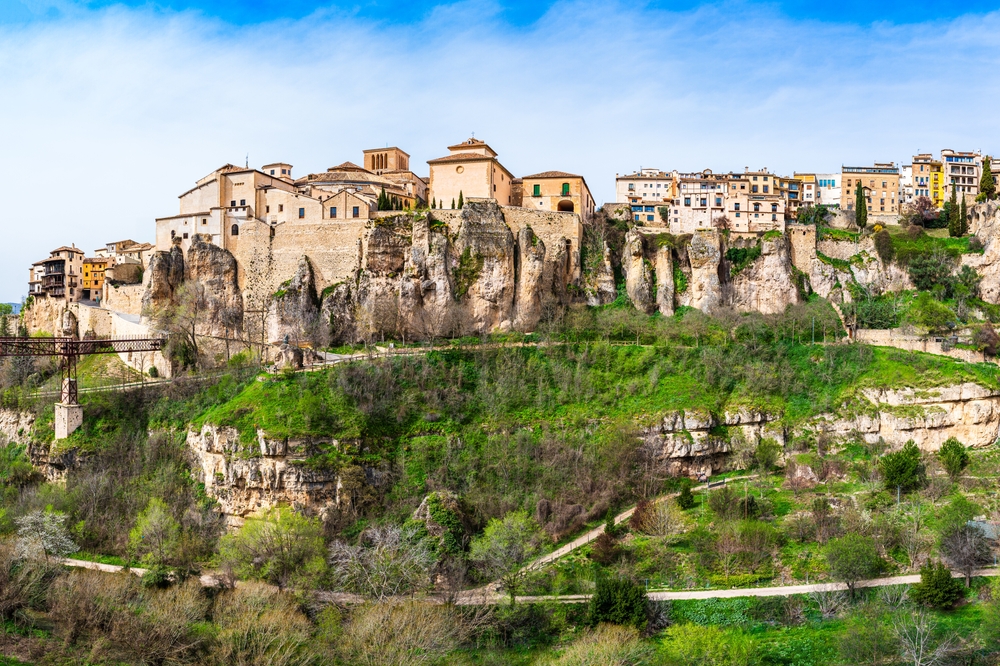
Cuenca is built high above two river gorges and features hanging houses on the cliffs. The historic center is full of stone streets and quiet plazas. The Museum of Abstract Art is inside one of the famous cliff houses. Views from the San Pablo Bridge are dramatic.
Local dishes like morteruelo and alajú reflect the area’s roots. The town is less visited than larger Spanish cities. Its mix of nature and old buildings feels peaceful. Cuenca is best enjoyed at a slow pace.
Fribourg, Switzerland
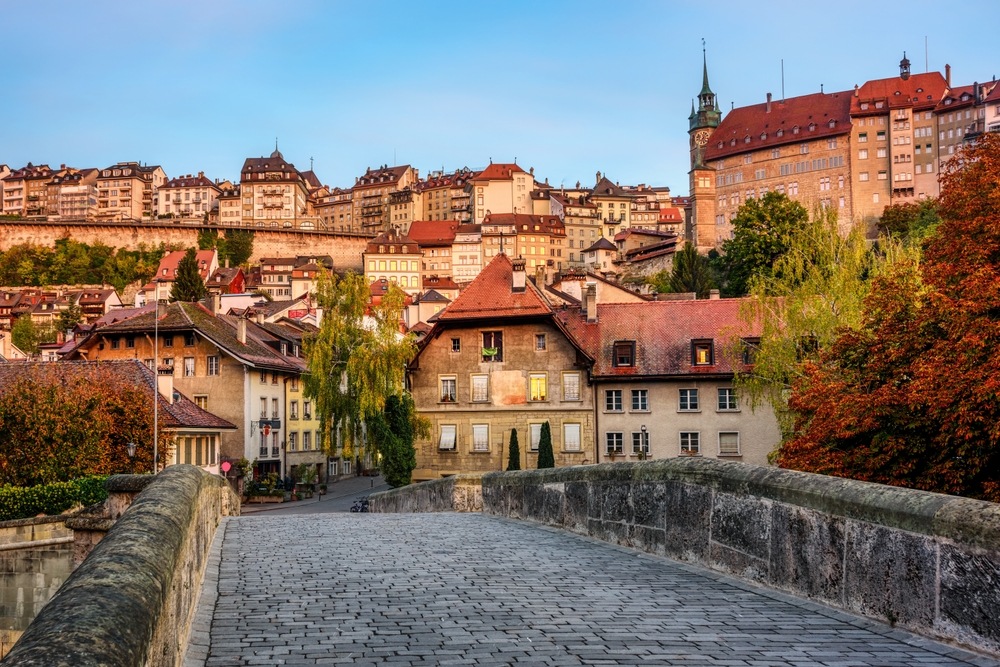
Fribourg sits between French and German-speaking regions and blends both influences. The Sarine River cuts through the town, linking old and new sections. Walking up and down the hills gives views of churches, towers, and fountains. The Old Town is tidy and inviting.
Local cheese and chocolate are easy to find in markets. The city has a steady feel without tourist noise. Train access makes day trips easy. Fribourg is simple, scenic, and calm.
Veliko Tarnovo, Bulgaria
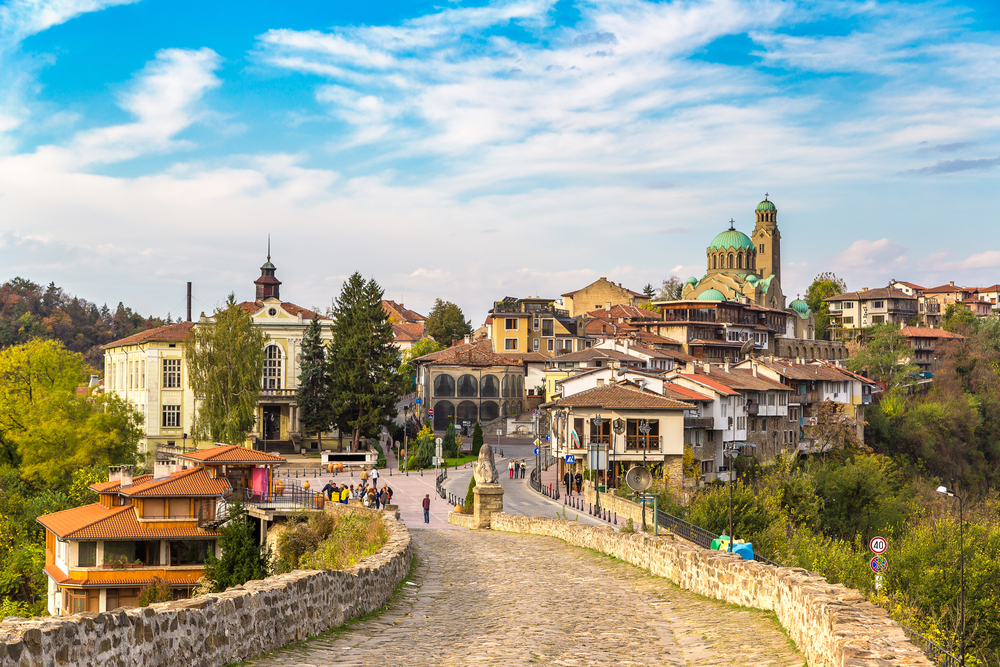
Veliko Tarnovo sits along the Yantra River with houses climbing the hills. The Tsarevets Fortress is the main attraction and offers wide views. The old part of town holds art shops, quiet streets, and cozy cafes. Churches and monuments tell stories from Bulgaria’s past.
You can try dishes like banitsa and shopska salad at local spots. The town feels welcoming but never busy. Forests and trails are close for short walks. Veliko Tarnovo gives you both history and nature in a relaxed way.
Klaipeda, Lithuania
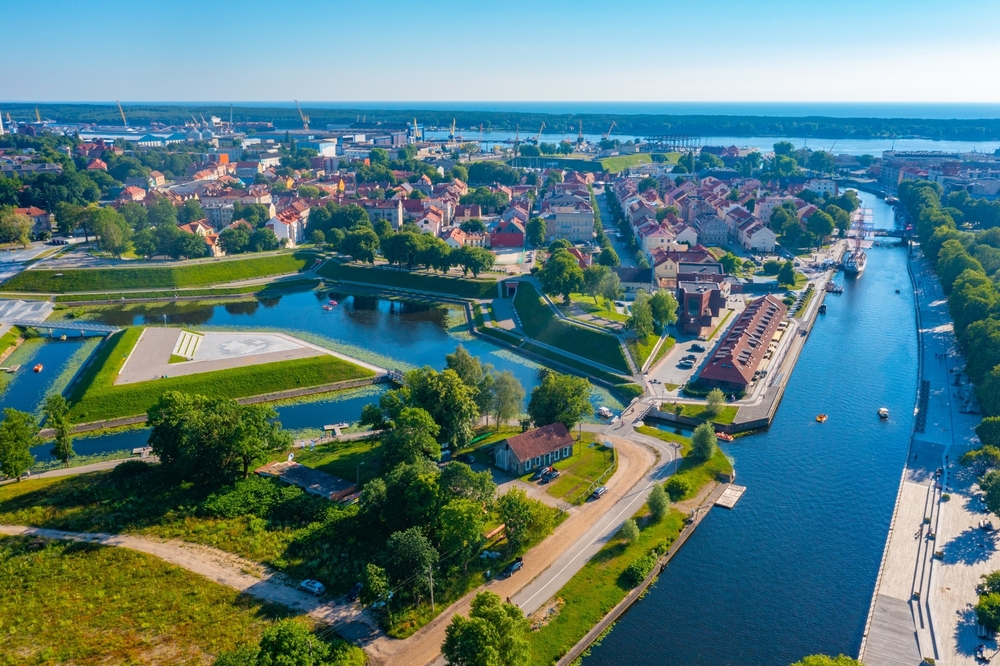
Klaipeda sits by the sea and mixes German and Lithuanian styles. The Old Town has clean squares, sculpture trails, and timber buildings. The ferry to the Curonian Spit takes you to dunes, forests, and beaches. The harbor area feels calm and open.
Seafood is a staple, along with local beer and fresh bread. Street fairs and art shows bring quiet energy during summer. The pace here is steady and kind. Klaipeda is small, friendly, and close to nature.
Stepping away from busy tourist hubs can lead to more memorable travel experiences. These cities welcome you with friendly faces, rich traditions, and peaceful surroundings. Whether you enjoy coastal views or mountain paths, there is something here for every kind of traveler. Take a closer look and see where the road leads next.
This article originally appeared on Avocadu.
